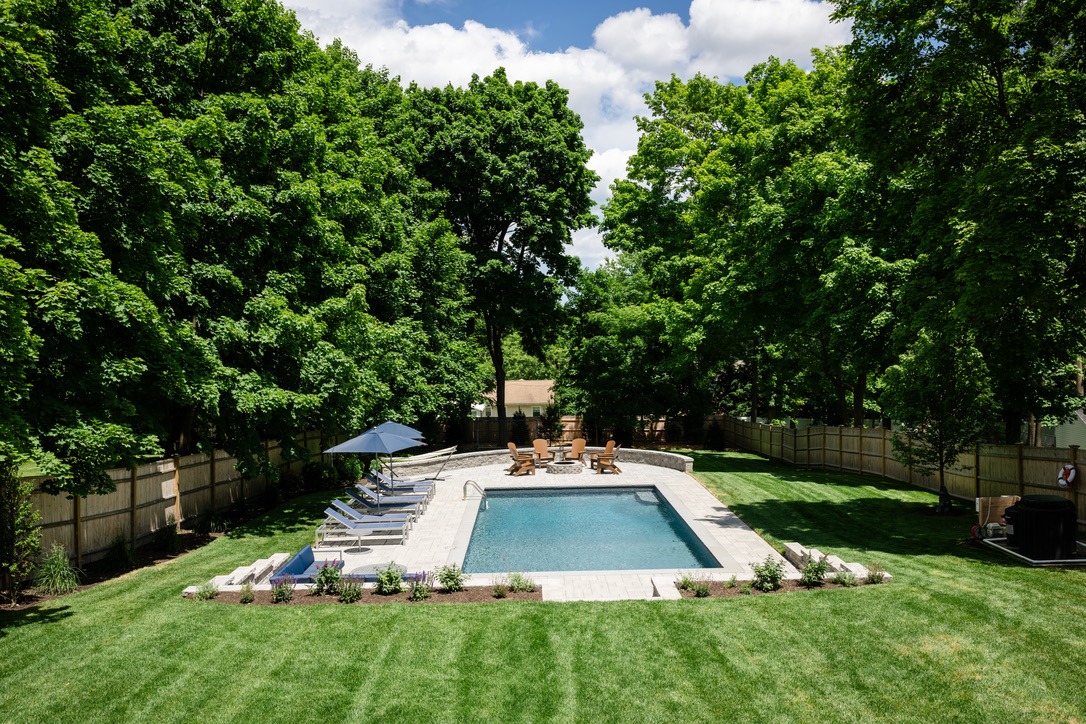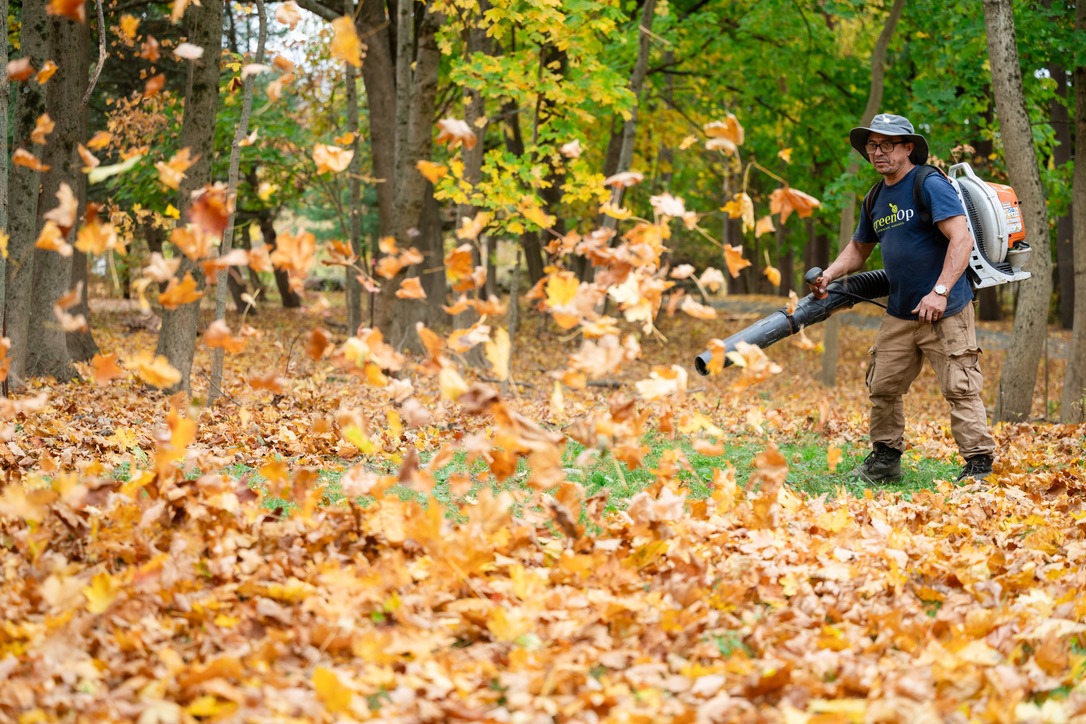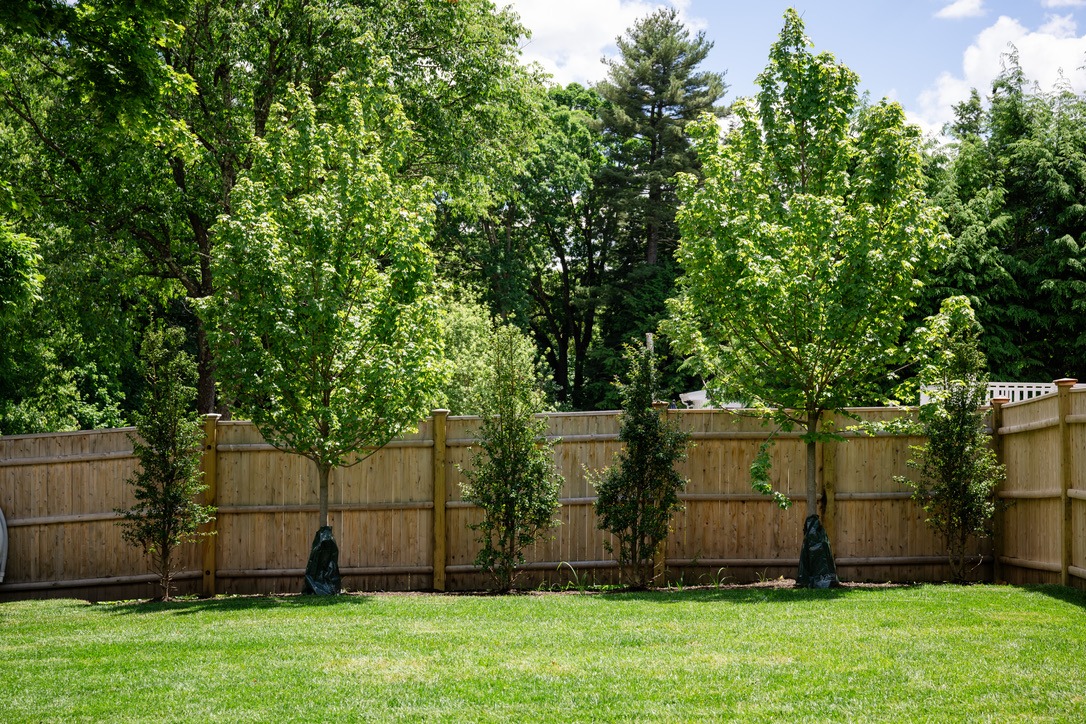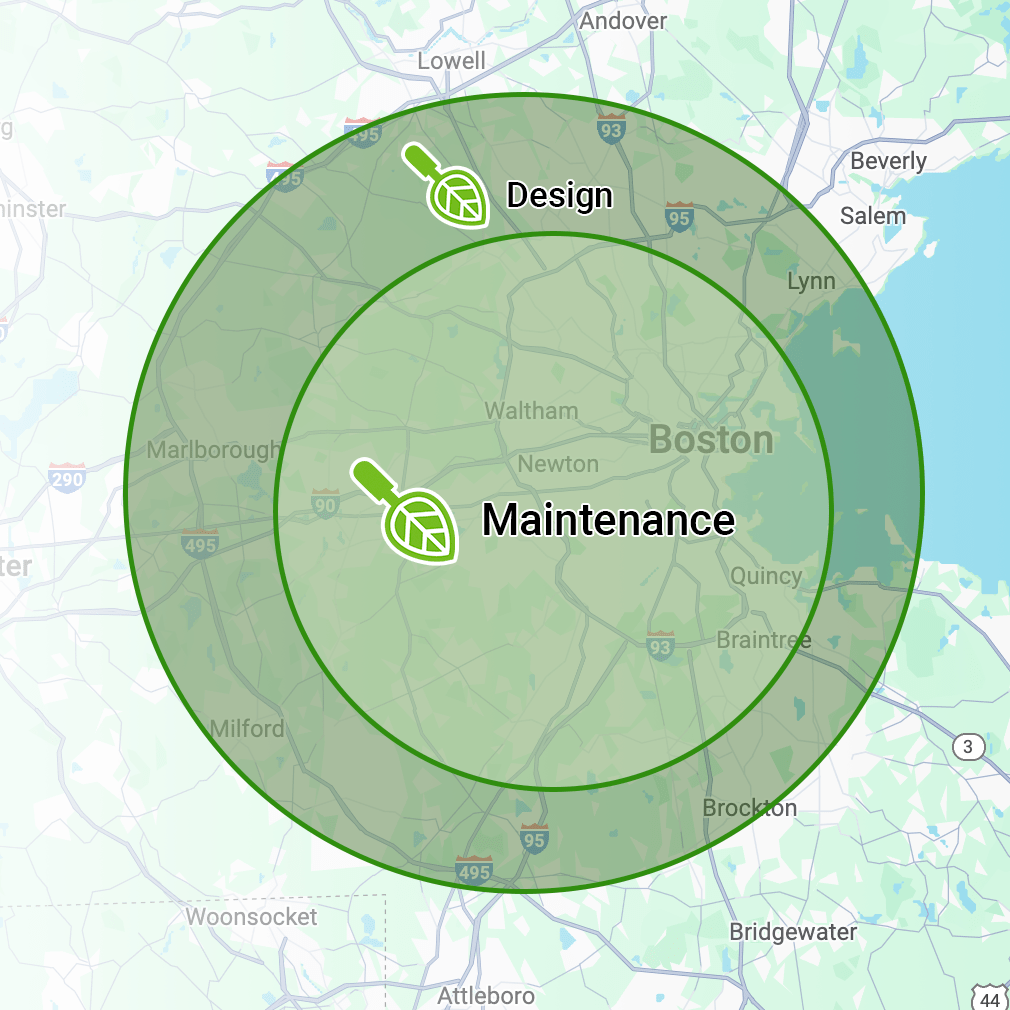Embracing the Autumn Season in Natick, MA: The Perfect Time for Landscaping
Autumn presents an ideal opportunity for planting and enhancing your outdoor spaces. This period is characterized by cooler temperatures, shorter days, and the beginning of the rainy season in many regions, creating perfect conditions for new plants to establish. With Elite Landscaping services, you can transform your garden into a haven of beauty and tranquility this fall.
High-Quality Landscaping Services in Natick, MA
- The soil retains warmth from summer which aids in root growth.
- Rainfall is usually more predictable and evenly distributed, reducing the need for frequent watering.
- Pests and disease problems also decline as the temperatures drop.
Exploring the Beautiful Landscape in Natick, MA
- Professionally curated plant selection: Our experts can recommend a variety of trees, shrubs, perennials that are ideally suited for autumn planting.
- Expert planting service: Our team follows best practices in planting undertakings to ensure that each plant has the best chance at successful establishment.
- Ongoing care advice: As part of our service offering, we provide guidance on how to adequately care for your newly planted additions during winter months.
Incorporating autumnal hues into your landscape can create a dramatic effect. Trees such as Japanese maple or Dogwood offer vibrant fall colors that add dimension and interest. Similarly, incorporating perennial plants like Coneflowers or Black-Eyed Susans can add splashes of yellow or purple color that last throughout the season.
Exploring Landscape Design in Natick, MA
- Soil evaluation: We begin by checking your soil condition and making any necessary amendments to ensure it is well-draining and rich in nutrients.
- Layout planning: Our team will design a cohesive layout that complements your existing landscape and meets your personal aesthetic preferences.
- Plant selection: We’ll help you choose the right plants that grow well in your area and meet the desired look for your landscape.
- Proper planting: Our experts will handle planting, ensuring each plant is placed at the proper depth and spaced correctly to allow for future growth.
Taking advantage of autumn’s optimal planting conditions with Elite Landscaping Services can lead to a vibrant, thriving garden come spring. The cooler temperatures, plentiful rainfall, and diminished pest populations provide an ideal environment for new plants to establish strong roots before winter. By embracing the fall season as a time for planting, homeowners can enjoy a lush, colorful landscape that enhances their property year-round.
Exploring Comprehensive Lawn Care in Natick, MA: Transform Your Outdoor Space
Fall is a magical time of year, offering a rich tapestry of colors and textures that can transform your outdoor space into an enchanting wonderland. The transformation, however, does not just happen; it’s largely facilitated by strategic planting decisions. Fall planting has the ability to breathe new life into your landscape, enhance its aesthetic appeal, and create a warm, inviting atmosphere.
There are several reasons why fall makes for an ideal time to revitalize your landscape through planting. For one, cooler temperatures are easier on both plants and gardeners. The soil remains warm enough for roots to grow until the ground freezes in winter, allowing plants to establish strong root systems.
Fall planting also capitalizes on the seasonal changes in plant physiology. In preparation for winter dormancy, many trees and shrubs cease growth in their stems and leaves but continue growing new roots. This enables them to establish a healthy root system before spring growth resumes.
In autumn, many plants showcase vibrant colors that add visual interest to your landscape. Trees such as Japanese Maples turn brilliant shades of red and orange, while shrubs like Viburnum bring splashes of deep burgundy. Ornamental grasses add texture and movement with their feathery plumes swaying in the autumn breeze.
Fall planting offers an opportunity to introduce different plant shapes and structures into your landscape design. The vertical lines of tall grasses contrast nicely with the rounded forms of shrubs like Boxwood or Hydrangea. Deciduous trees provide structure even after their leaves have fallen, with their bare branches creating striking silhouettes against the winter sky.
Many species of birds and insects rely on native plants for food during the fall months. By incorporating these plants into your landscape, you create a haven for wildlife. This not only adds movement and life to your garden but also promotes biodiversity.
Finally, fall planting serves as a preparation stage for the spring season. Bulbs planted in the fall – like tulips, daffodils, and hyacinths – will yield stunning blooms come springtime. Perennial plants that go dormant over winter will likewise emerge with new growth when temperatures warm up.
The essence of fall lies in its unique capacity to transform landscapes through thoughtful planting decisions. It’s a time of change and preparation – an interlude between the vibrancy of summer and the stark beauty of winter. By embracing autumn as a prime planting season, you can significantly enhance your outdoor space’s aesthetics and functionality.
Exploring the Work of Landscapers in Natick, MA: A Focus on Gro-Low Fragrant Sumac in Landscape Design
The Gro-Low Fragrant Sumac, scientifically known as Rhus aromatica ‘Gro-Low’, is a highly coveted plant in the landscaping world due to its unique attributes. This native North American deciduous shrub thrives in hardiness zones 3 to 9 and exhibits exceptional versatility, making it a favorite among landscape designers.
Gardeners in Natick, MA: Enhancing Aesthetics and Promoting Growth Habits
Gro-Low Fragrant Sumac, as its name suggests, adds an aromatic touch to landscapes. When its stems or leaves are crushed, they release a pleasant citrusy scent. This shrub produces clusters of tiny yellow flowers in early spring that attract butterflies, adding life to your landscape. In autumn, its foliage turns into eye-catching shades of orange, red, and purplish-red.
Gro-Low Fragrant Sumac grows up to 2 feet high and spreads out to about 8 feet wide. Its low-growing habit makes it an ideal choice for ground cover or for stabilizing slopes and embankments prone to erosion.
Landscaping Companies Near Me: Meeting Your Soil and Sunlight Requirements
Gro-Low Fragrant Sumac is not picky when it comes to soil type. It can tolerate poor soil conditions including sandy, rocky, clayey, dry or even compacted soils. It also adapts well to different pH levels – from acidic to alkaline soils.
This shrub prefers full sun exposure but can also grow well in part shade conditions. In full sun locations, the fall foliage color is more vibrant.
Low Maintenance Requirement
One major attribute that endears this plant to gardeners is its low maintenance requirement. Gro-Low Fragrant Sumac has high resistance against pests and diseases and can withstand drought conditions once established.
Pruning should be done during late winter or early spring before new growth begins. However, excessive pruning must be avoided as it can lead to an unsightly exposed base.
Wildlife Attraction
Gro-Low Fragrant Sumac is not just a feast for human eyes, but also a haven for wildlife. Its berries serve as food for birds and small mammals. Moreover, its dense growth provides cover and nesting sites for wildlife.
In conclusion, Gro-Low Fragrant Sumac offers a unique blend of aesthetics, versatility, and low maintenance requirements in landscape design. Its ability to thrive in varied conditions coupled with its appealing looks make it an outstanding choice for any landscape project. Whether you want ground cover, border planting or simply adding color to your fall garden, Gro-Low Fragrant Sumac is worth considering.
Exploring Landscaping Companies in Natick, MA for Modern Landscaping Solutions
One of the most popular choices in modern landscaping services is the spicebush (Lindera benzoin). Known for its vibrant colors and aromatic qualities, it appeals to a broad spectrum of design aesthetics for homeowners and businesses alike. The spicebush is a versatile plant that provides numerous benefits, making it an often-favored option for landscaping projects.
An Overview of Spicebush
Native to North America, the spicebush grows from 6 to 12 feet tall and typically has a spread of around 6 feet. It predominantly flowers in early spring, from March to April. The yellow flowers are followed by bright red berries, creating an array of attractive colors throughout different seasons.
Aesthetic Appeal
- Spring Appeal: In early spring, before the leaves appear, small yellow flowers bloom on bare branches offering a cheerful view.
- Summer Foliage: Its aromatic light green leaves provide a cool canopy during summer months.
- Fall Colors: As autumn arrives, the leaves turn into vibrant shades of yellow.
- Winter Attraction: After shedding leaves in winter, female plants show off bright red berries against bare stems creating an attractive contrast against snow.
The constant change in appearance across seasons keeps your property visually dynamic and engaging year-round.
Wildlife Attraction
- Its berries serve as food for various birds like Northern Bobwhite and Eastern Kingbird.
- Its foliage serves as food for caterpillars of several butterfly species.
- Its flowers attract pollinators like bees and butterflies promoting biodiversity.
Easy Maintenance
- It thrives in various soil types including sandy, clay or loamy soils.
- It tolerates both full sunlight and partial shade.
- It’s resistant to pests and diseases.
Versatility in Landscaping Designs
- Borders and Screens: Due to its dense foliage, it serves as an excellent border or screen plant.
- Naturalistic Plantings: It’s a popular choice for woodland gardens and naturalistic plantings.
- Rain Gardens: It can tolerate wet soil conditions, making it an ideal choice for rain gardens.
Landscaping trends may come and go, but the spicebush remains a timeless choice. Its versatility, easy maintenance, aesthetic appeal, and support for local wildlife make it a practical and enchanting addition to any landscape. Whether you’re seeking to create a lush backyard oasis or an elegant buffer between properties, the spicebush is a proven performer that yields significant returns on your landscaping investment.
Hiring a Landscape Contractor in Natick, MA for an Attractive Landscape Creation
Witch Hazel, scientifically known as Hamamelis virginiana, plays a crucial role in creating stunning landscapes. This plant is native to North America and is often used by landscapers due to its unique characteristics and appealing aesthetics.
Physical Attributes of Witch Hazel
Witch Hazel is a deciduous shrub that typically reaches a height of 15–20 feet, although it can grow up to 30 feet under ideal conditions. Its leaves are oval-shaped with wavy edges and turn a vibrant yellow during fall. The plant produces distinctive yellow flowers, with narrow petals that bloom in late autumn or early winter when most plants are dormant. These features make Witch Hazel an excellent choice for adding colour and texture to landscapes.
Seasonal Interest
One of the most appealing aspects of the Witch Hazel plant is its ability to provide visual interest throughout the year. In spring, fresh green leaves appear, followed by subtle, light-yellow flowers in summer. Come autumn, the leaves turn golden-yellow – an eye-catching transition that gives landscapes a warm glow.
Then there’s the late autumn or winter bloom – this is when the Witch Hazel truly shines as its bright yellow flowers contrast starkly against its bare branches and the generally bleak background of winter landscapes.
Versatility in Landscaping
- Borders and Screens: Witch Hazel can be planted densely along property lines to serve as natural borders or screens, providing privacy without compromising aesthetics.
- Accent Plants: With their striking color transitions and unique flowering pattern, these plants make perfect accent pieces in a garden or landscape.
- Native Gardens: For native gardens aiming to promote local flora and fauna, witch hazel serves as an excellent choice due it being indigenous to North America.
- Winter Gardens: The late blooming period of witch hazel makes them ideal for creating interest in winter gardens when most plants are dormant.
Benefits to Local Ecosystems
Beyond aesthetics, Witch Hazel also contributes to local ecosystems. The plant’s flowers provide nectar for pollinators late in the season when few other food sources are available. Its seeds serve as a food source for birds and small mammals during the winter.
Care and Maintenance
Witch Hazel is a relatively low maintenance plant. It thrives best in well-drained soil and prefers full sun to partial shade. While it’s drought-tolerant once established, young plants benefit from regular waterings.
Landscapers often prune Witch Hazel plants in early spring to maintain their shape and promote healthy growth. However, excessive pruning should be avoided as it can discourage flowering.
In summary, the role of Witch Hazel in landscape design is multifaceted. Its unique physical attributes and seasonal colour changes make it an aesthetically pleasing addition to any garden or landscape, while its ecological benefits support local wildlife. Moreover, its low maintenance requirements make Witch Hazel an appealing choice for both novice gardeners and seasoned landscaping professionals.


















